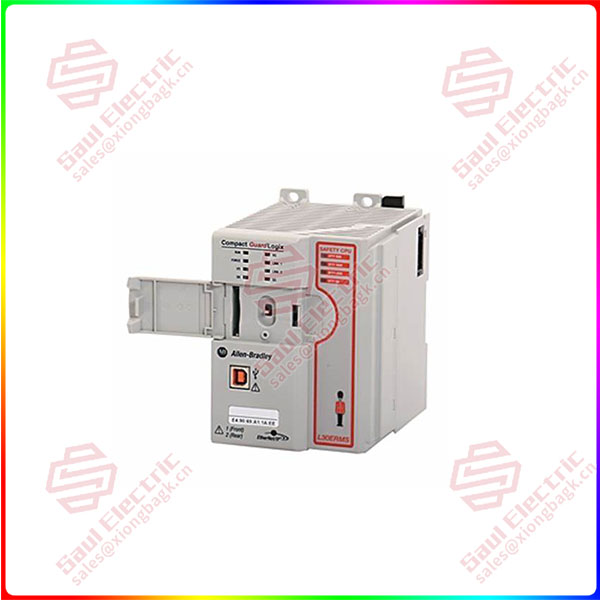Rockwell Automation, the global leader in industrial automation and informatization, today announced the launch of its new CompactLogix™ 5370 L3 Programmable Automation Controller (PAC), the 1769-L33ERMS. The introduction of this new controller further expands Rockwell Automation’s product line in high-performance control and meets the market demand for more efficient and intelligent industrial control solutions.
The 1769-L33ERMS controller is an EtherNet/ IP-based integrated motion control solution that supports integrated motion control up to 16 axes. This controller works with the Kinetix 350 series servo drives to provide a cost-effective and scalable motion control solution. In addition, it supports device level ring (DLR) network topologies, simplifying the integration of components in the control system and reducing system costs.
In terms of technical parameters, the 1769-L33ERMS controller has the following characteristics:
User memory: 2 MB, support up to 3MB flexible selection of memory capacity.

1769-L33ERMS
Controller tasks: 32 tasks, support 100 programs/tasks.
Local expansion module: Supports up to 16 local expansion I/O modules.
Local expansion I/O points (Max.) : 512 points.
Ethernet I/O IP nodes: A maximum of 32 nodes.
Servo drive (position loop CIP) : Supports up to 8 servo drives.
Virtual axis: 100.
Supports Kinematics functionality without the need for additional robot controllers and software.
Communication module: Support 1769-SDN or third-party DeviceNet module.
Flash card: Industrial-grade certified Secure Digital (SD) memory card (1 and 2 GB optional).
In addition, the 1769-L33ERMS controller is also available for hazardous applications (NSE version), such as the non-energy storage version (NSE), which provides additional features for hazardous applications in the mining, oil and gas industries. These characteristics enable the controller to store less than 200uJ of residual energy in each component of the controller after power failure, and will not produce arc or spark in a gas environment, thus preventing the occurrence of explosion accidents.
 1 Year Warranty
1 Year Warranty





